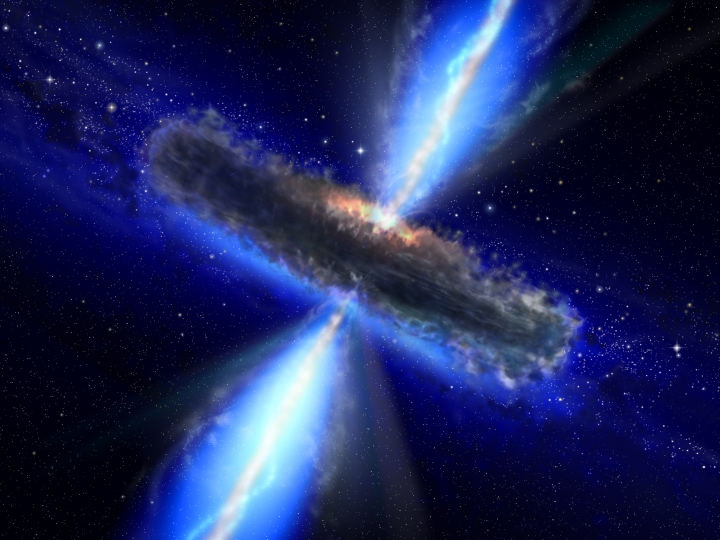
Black holes with varying light signatures but that were thought to be the same objects being viewed from different angles are actually in different stages of the life cycle, according to a study led by Dartmouth researchers.
The research on black holes known as “active galactic nuclei,” or AGNs, says that it definitively shows the need to revise the widely used “unified model of AGN” that characterizes supermassive black holes as all having the same properties.
The study, published in The Astrophysical Journal Supplement Series, provides answers to a nagging space mystery and should allow researchers to create more pre...
Read More






Recent Comments